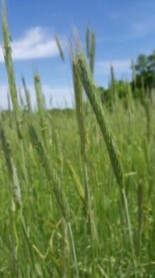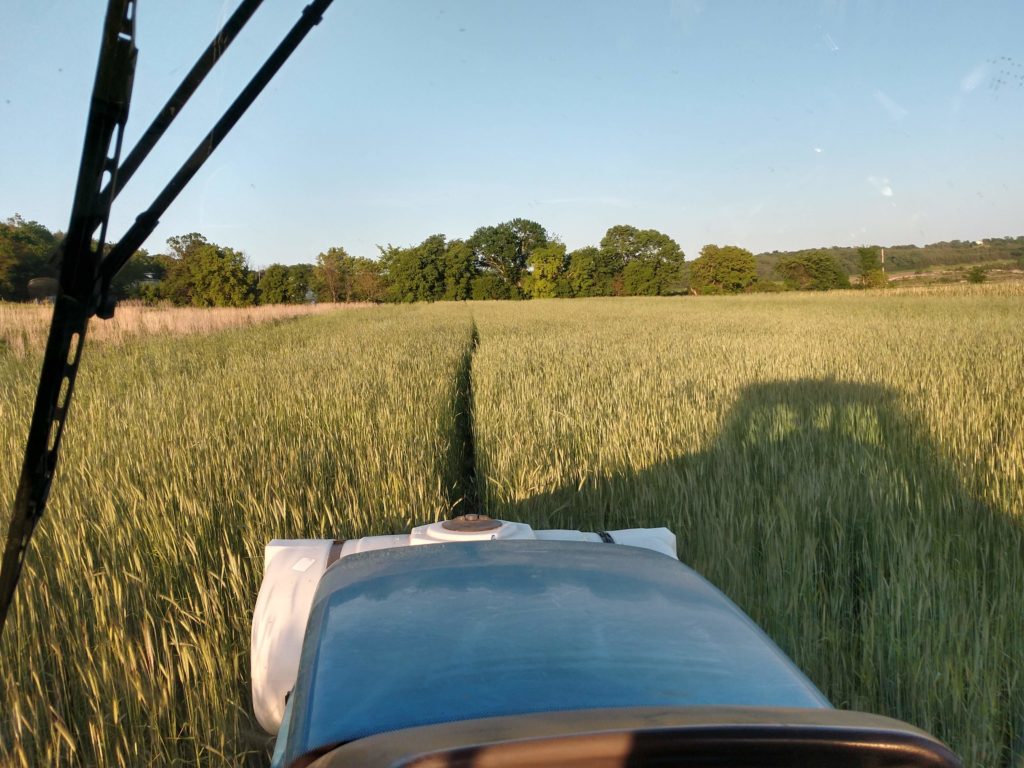
Spring is here, hopefully the last snow of the season has fallen, and we’re getting equipment ready. Looking at our fields tells us a lot about how we’re going to move forward. If we have covers growing this spring and we’re worried about growth, wanting to get it sprayed off right away, wait. We’ve learned the hard way that spraying when it’s too cold wastes our time and money and just adds frustration. If you’re planting soybeans into cereal rye, leave the rye, plant your beans when it’s time, and then terminate the rye. This will reduce wrapping on your planter and create a nice seedbed while helping to control weeds, especially herbicide resistant varieties. You can spray or crimp after soybean have been planted but make sure you are crimping at the right stage to get an effective kill. It is recommended to crimp at the stage of anthesis, the reproductive stage. When it is shedding pollen you know you are good to go.
The growing cover crop also sucks up excess water and improves trafficability while warming up the soil 1-5 degrees higher than a bare, tilled field making it easier to get in the field faster and less rutting and compacting. The surface biomass protects the soils and the roots help provide the soil strength while it’s forming soil aggregates, feeding the biology, taking in excess nitrogen, increasing infiltration, and adding organic matter.

Some have tried tilling the stand of rye before planting, this ended up with root balls everywhere and the rye re-rooting, a huge mess that required multiple tillage passes to make a decent seedbed-tillage isn’t an effective method to dealing with the covers.
Planting into cereal rye for the first time seems ridiculous with all of the biomass to get through, but it actually plants well, you don’t need a no-till drill to do this. You’ll want to make sure your closing wheels are doing their job, some will test this out before planting to see how it goes to give them time to make adjustments before planting.
The first month or so of growth on your soybeans will not always be pretty planting into cereal rye or heavy residue, that is fine, pretty isn’t everything! They will bounce back and be a nice looking stand come summer and be nodulating heavily due to the nitrogen tie up from the covers making excellent beans.
Some farmers have been planting corn green, they are finding success when they front load their nitrogen to balance the nitrogen tie up from the covers. One potential issue with planting corn green into a grass/grain cover crop is the greenbridge-pests. Healthy soils have a variety of soil critters in high abundance to help battle pests and disease. Soils just coming into soil health practices may not have the populations built up to handle these species and have issues. Management to provide adequate sunlight to the corn can involve using skip rows when planting the covers, haying or grazing the covers prior to planting, strip tilling, planting a light rate, and terminating before it gets 12” tall.
